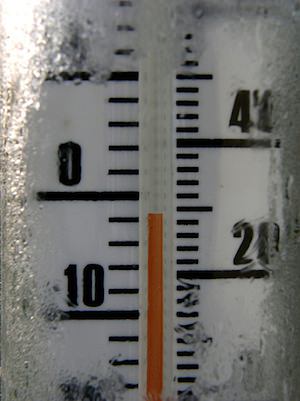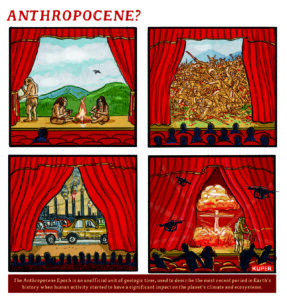The Climate Secrets of Lake El’gygytgyn
Lake sediments in a Siberian crater show that the last time atmospheric carbon dioxide was at present levels, global temperatures were 14.4 degrees hotter, forests covered the tundra and sea levels were up to 130 feet higher than they are today.
Lake sediments in a Siberian crater show that the last time atmospheric carbon dioxide concentration was at its present level of 400 parts per million, global temperatures were 14.4 degrees hotter, forests covered the tundra and sea levels were up to 130 feet higher than they are today.
“It’s like deja vu,” said professor Julie Brigham-Grette of the University of Massachusetts Amherst. She led the research analyzing the sediment to see how warm the region was between 3.6 million and 2.2 million years ago. “We have seen these warm periods before. Many people now agree this is where we are heading.”
Professor Scott Elias of the Royal Holloway University of London, who was not involved in the work, concurred. “It shows a huge warming — unprecedented in human history,” he said.
The new research confirms the Earth’s climate is far more sensitive to changes in the concentration of carbon dioxide than current models suggest, Brigham-Grette says. “My feeling is we have underestimated the sensitivity,” The Guardian quotes her as saying, “unless there are some feedbacks we don’t yet understand or we don’t get right in the models.”
Professor Robert Spicer of the Open University, who was also not part of the new study, agreed: “This is another piece of evidence showing that climate models have a systematic problem with polar amplification,” meaning global warming has the greatest effect at the poles. “This has enormous implications and suggests model are likely to underestimate the degree of future change.”
— Posted by Alexander Reed Kelly.
Your support matters…The Guardian:
Brigham-Grette said it would take time for today’s CO2 levels to translate into the warming seen in the lake records: “The Earth’s climate system is a sluggish beast.” Most scientists predict it will take centuries to melt the great ice caps of Greenland and Antarctica to the shrunken levels seen 3 million years ago, and so push up sea level far above the world’s coastal cities. But CO2 is increasing with unprecedented speed and the Arctic plays a key role in the global climate.
“I think we will feel the effects of climate change quickly – in years or decades – because changes in the Arctic sea ice bring changes in the circulation of the atmosphere and the oceans,” says Elias. ” Arctic sea ice keeps that entire region cool and when it melts, the dark ocean revealed absorbs even more heat.”
Recent wet and cold summer weather in Europe, for example, has been linked to changes in the high level jet stream winds, which in turn have been linked to melting Arctic ice, which shrank to its lowest recorded level in September. Climate change has also already increased the likelihood of extreme heatwaves and flooding .
Independent journalism is under threat and overshadowed by heavily funded mainstream media.
You can help level the playing field. Become a member.
Your tax-deductible contribution keeps us digging beneath the headlines to give you thought-provoking, investigative reporting and analysis that unearths what's really happening- without compromise.
Give today to support our courageous, independent journalists.






You need to be a supporter to comment.
There are currently no responses to this article.
Be the first to respond.